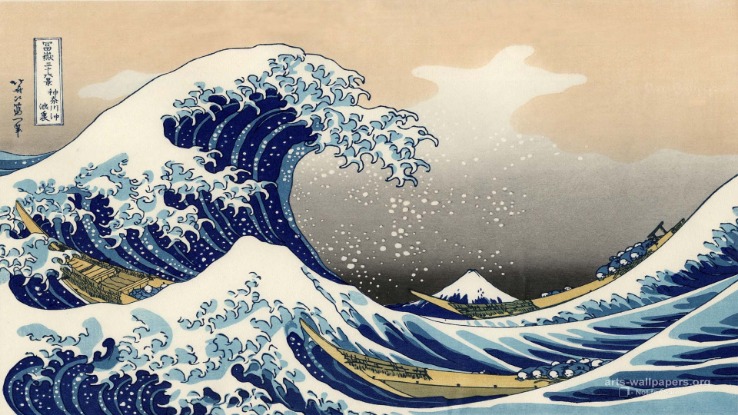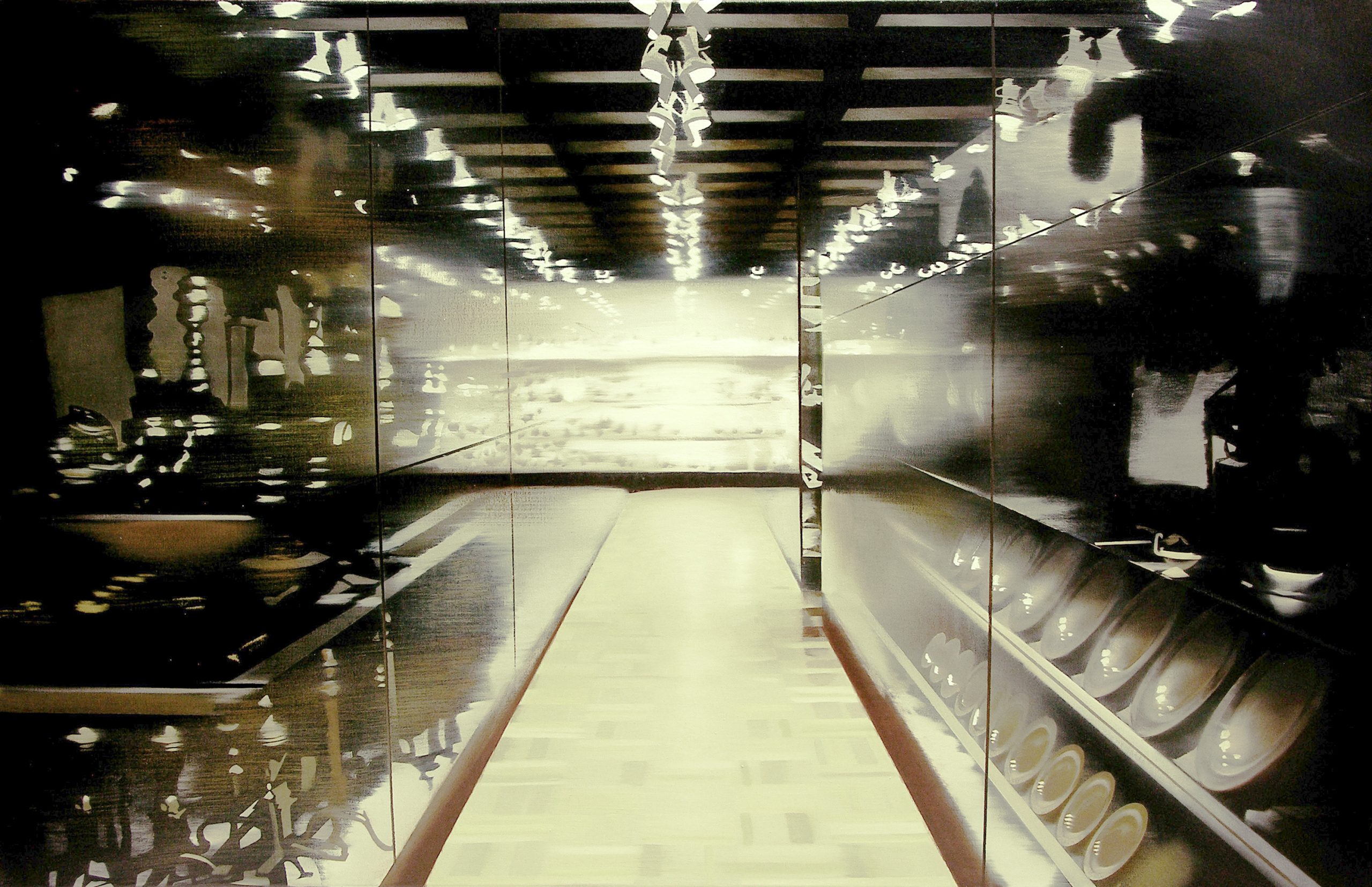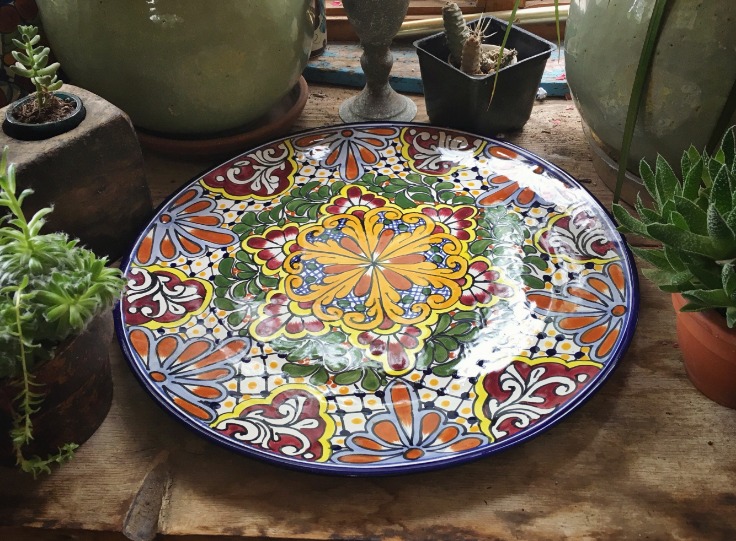Some works of this kind depict their feminine topics as inhabitants of an imagined, exotic land. Pictures of ladies dressed in the kimono-style “dressing gowns” and “tea gowns” worn to entertain intimate pals and admirers conveyed that these topics have been stylish and trendy, maybe suggesting that they had been sensual creatures as nicely. For example, as interest in Japan grew, its tradition was imagined to be feminine, as symbolized by courtesans and geishas. The frequency with which attractive women, or male actors dressed as girls, seem in the Japanese prints and paintings obtainable within the West bolstered this stereotype for some Western observers. A vogue for sporting imported kimono and equally styled robes flourished in part due to the exotic and sensual associations connected to such clothing within the West. Notan (pronounced no-tan) is a Japanese time period which means ‘light and darkish harmony/balance.’ It’s a design concept that appears at how mild and dark components of a composition interact solely utilizing black and white.
Although he denies the connection, new research suggests an entangled historical past of post-war creative change between Japan, the us, and Europe. This new exchange created a starvation for all things Japanese, transforming imports from the country into stylish, must-have items. Woodblock prints, bronzes, lacquer ware and different items from Japan were available in shops, galleries and also a collection of massively well-liked World’s Fairs.
Western artists found inspiration in these nature-based motifs, and so they grew to become hallmarks of several main inventive actions of the late 1800s and early 1900s, such as Art Nouveau. Looking East explores the various movements and artists affected by Japanese artwork, including the great impressionist and post-impressionist painters Vincent van Gogh, Mary Cassatt, Edgar Degas, Paul Gauguin and Claude Monet. Juxtaposing masterpieces of Western artwork and design with rare works by prominent Japanese artists, the exhibition reveals the interplay of latest styles and themes impressed by Japan. It referred to the study of Japanese art and creative talent by the European creative fraternity.
In a blown glass vase from 1901, a sample of peacock feathers swirls up the opalescent base, gracefully flowering into fan-like form at its opening. Tiffany, who started his profession as a painter, first encountered Japanese ar as a youn man on the 1867 World’s Fair. A few years later, at age 24, he started to check glassmaking, the medium for which he would turn out to b finest recognize. Read more about Zen art here. During his lifetime, he embraced a extensive arra of media, together with pottery, home windows, paintin, metalwork, enamels, jewelr, lighting, mosaics, and interiors. Many of his works wer deeply impressed by his travels around the glob, together with North Africa and the Middle East, as well a Asia.
“For the first time, the exhibition Japanese Connections traces the basic contribution of Japanese aesthetics to the development of ornamental principles of recent painting in France on the finish of the nineteenth century. This dialogue between East and West celebrates creativity and cross-cultural inspiration between the Ukiyo-e artists and the Nabis painters through a coloured, vibrant and refined expression. On Japanese woodblock prints, there are blocks of writing which establish the print’s title, series, artist, writer, and other folks involved in its production. These blocks are usually present in the same place, though their places can differ. Japanese characters (kanji) are learn from proper to left, prime to backside. View the diagram above and/or download the PDF for a visual information on how to learn a woodblock print.
How “ugliness” redefined Japan’s art scene: Inside The Heta-Uma movement
During the 1860s, these things, notably the woodcuts, became a supply of inspiration to many Impressionist and post-Impressionist artists in the West. One of the most recognisable components of anime is its distinctive graphical style. The values of the Japanese tradition, similar to simplicity, magnificence, and attention to detail, are reflected on this art type. Aside from their physical characteristics, anime characters represent the ideas and values of the Japanese culture. Naruto Uzumaki, as an example, embodies the Japanese worth of tenacity and diligence in the Naruto sequence. The Japanese cultural attribute of “gaman,” or endurance, is mirrored in Naruto’s never-give-up perspective and resolve to endure in the face of difficulties.
How Japanese Artist Chiura Obata Came to Be an American Great
Some of Yoshirara’s most iconic practices were capturing paint onto a canvas with a cannon and plunging through laminated rice-paper screens. Pulverized minerals made into beautiful pigments brushed in contrasting layers; damaged shards adjoined with gold refracting to light up lovely imperfection. Fujimura spoke to me deeply by way of his reflections on these historical artwork varieties, showing me a path ahead. He turned a Christian in the most unlikeliest of locations – whereas studying artwork – in Japan, the place between lower than 1.5% of the population profess to be Christian. Fujimura’s capacity to see magnificence in brokenness helped him discover private healing and inspiration as an artist after September eleven, 2001 living solely three blocks from the World Trade Center. Through his distinctive perspectives of discovering religion via art, Fujimura supplied illumination of what I was feeling inside myself and the world round me. The gallery’s first show was dedicated to the homecoming of G.I.’s., and to work created by troopers.
Ukiyo-e, which means footage of the floating or on an everyday basis world, is a Japanese faculty of printmaking primarily based on the thought that everything is transient. Its material, as its name suggests, was drawn from everyday life and celebrated the non-heroic. The Ukiyo-e prints on woodcuts had been mass-produced, typically in extra of 1,000 models, and had been thus cheap enough for the average Japanese shopper. The reasonable price-tag also made it attainable for them to be imported into Europe, and to be appreciated past the elite circles, particularity in Paris, the place they had been to have their most significant impression. Work from the candidates of that 12 months had been mostly works closer to realism of the 70’s, surprisingly, the winner was a younger man named, Jun Ito [not to be confused with the famous mangaka, Junji Ito]. Coleman instantly went the Ueno Park Art Museum and to Gallery Hosegawa in Tokyo to familiarize himself with conventional types and new works. We know from the records that Coleman spent six months in Tokyo, and then returned to New York early in 1947.
When you’re taking photographs, it’s really easy to be swayed by the emotional reminiscence of the expertise of that morning on the seashore, the colors (and in my case, the memory of a heat ache au chocolate I’d simply eaten) and wish to paint them. Although these personal experiences are all valid, for the muse of the composition, and the viewer they don’t assist it. I find three worth research or Japanese Notan studies could be surprisingly helpful in guiding your choices for making a compelling composition in your work.
Many of the woodblock prints had been misplaced or destroyed, as Obata sought to pick just one to create his limited version of 100 prints. “Each certainly one of these prints is a triumph, a masterpiece,” says Crawford Alexander Mann, III, the American Art Museum’s curator of prints and drawings.


